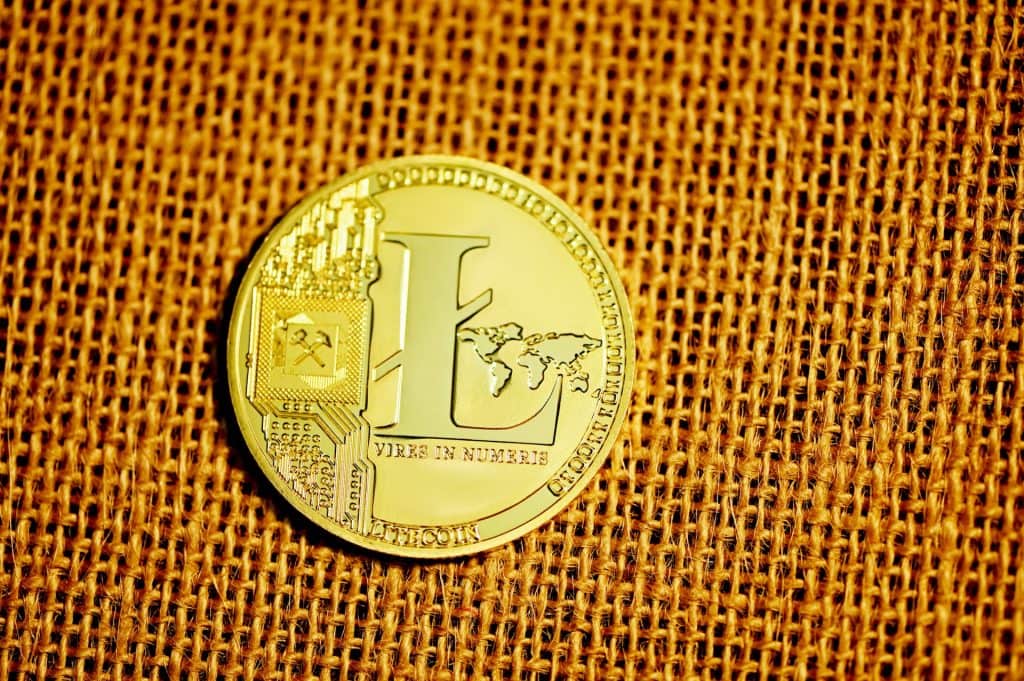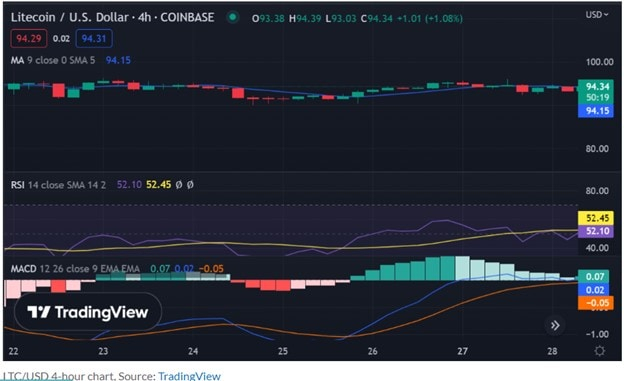Why is Mining Difficulty Affecting Litecoin?
Litecoin is one of the oldest cryptocurrencies, launched back in 2011 when the industry was nowhere near the size it is today. It quickly established itself as one of the top cryptocurrencies, and still regularly ranks in or just outside of the top 10 coins by market cap.
However, Litecoin has been plagued by mining difficulties in recent times. What is the reason behind this? Could it affect the LTC price? Read this guide to find out.
What is Litecoin?
Before we can discuss why Litecoin mining has become more difficult and how it could be affecting the asset, first we need to go over just what Litecoin actually is and how it works.
Litecoin was designed as an alternative to Bitcoin, with its developers intending to recreate the positive aspects of the flagship crypto and improve on its shortcomings.
As with Bitcoin, transactions made using Litecoin are actioned through and stored on a peer-to-peer blockchain network. These transactions are recorded as blocks and added to the chain after being verified by users on the network.
Much like Bitcoin, Litecoin uses a proof of work consensus mechanism to verify new blocks on the chain. Users on the platform solve complex equations to authenticate transactions.
However, where Litecoin differs is in the system used to generate block hash codes. Bitcoin uses an algorithm called SHA-26, while Litecoin uses one called Scrypt. With Scrypt, blocks can be validated far more efficiently and with less computational power.
When a user successfully verifies a block on the chain, they are rewarded with new Litecoin, in a process known as mining. Given that block validation is easier on the Litecoin blockchain, the asset is popular among miners.
 Litecoin Mining is Getting More Difficult
Litecoin Mining is Getting More Difficult
To verify blocks and mine for new cryptocurrency, users have to use computers to match hash codes generated by newly added blocks. Generating codes to match these hash codes requires a lot of power, and mining difficulty refers to the amount of time and power required to generate the correct code.
The difficulty of mining Litecoin has risen sharply, growing by 84% compared to this time last year. This makes it harder for users on the Litecoin blockchain to verify transactions and obtain freshly minted Litecoin.
It’s clear to see that Litecoin mining is getting more difficult, but why is this actually happening? The answer is because of the Litecoin halving.
What is the Litecoin Halving?
The Litecoin halving is an event that occurs after every 840,000 blocks have been verified, or roughly every four years. As the name might suggest, the halving reduces the amount of Litecoin awarded to miners by 50%. Currently, mining Litecoin offers a reward of 12.5 LTC. After the halving, miners will be awarded with a new total of 6.25 LTC.
The halving occurs to combat inflation. Cryptocurrencies like Litecoin are capped, which means no more are generated after a certain threshold has been reached, 84 million in Litecoin’s case.
What halving does is boost the scarcity of the asset, reducing the risk of inflation by addressing supply and demand issues that can be caused by too much Litecoin existing in circulation. Too much Litecoin on the market will see the value drop, while too few will see the price skyrocket. The halving takes place to control the price and maintain a level of consistency.
What Does This Mean for the Litecoin Blockchain?
The idea of mining becoming more difficult sounds like a negative, but it can actually have a positive effect on the Litecoin blockchain.
Higher mining difficulty means that blocks are not being verified too quickly, maintaining a level of consistency and uniformity across the network. Additionally, more difficult mining works to put off hackers and cybercriminals who may attempt to compromise the blockchain, as doing so requires far more computational power and effort.
However, higher mining difficulty can also have a detrimental effect, especially if it lasts for an extended period. As mining requires more powerful computers, only a select few users will be able to successfully carry it out. This flies in the face of decentralization, a fundamental cornerstone of the blockchain philosophy, and could result in a number of users being alienated.
What’s more, higher mining difficulty can have an environmental impact. As more computer power is required to verify blocks, energy consumption and carbon emissions increase, which are major contributing factors to the climate crisis.
How will this affect the Litecoin Price?
In the past, halving events have often been preceded by bull runs, with prices rising as miners attempt to cash in on the higher rewards before they are scaled back.
When we look at the Litecoin price, we can see it has been on an upward trajectory over the course of the past 12 months. It’s up by 58.75% year-on-year, currently at a total of $85.06 compared to $53.58.
This is a clear indication that the halving is coming and demonstrates that the increasing difficulty of mining is having a positive effect on the price of Litecoin.
Conclusion
Litecoin mining is getting more difficult, but that isn’t necessarily a bad thing. As the halving approaches, we can expect to see the Litecoin price increase even further.
Regulated Brokers
The table below contains links to 3rd party websites of our top partners from whom we receive compensation at no additional cost to you.













